Home>Garden Essentials>Who Invented Crop Rotation?
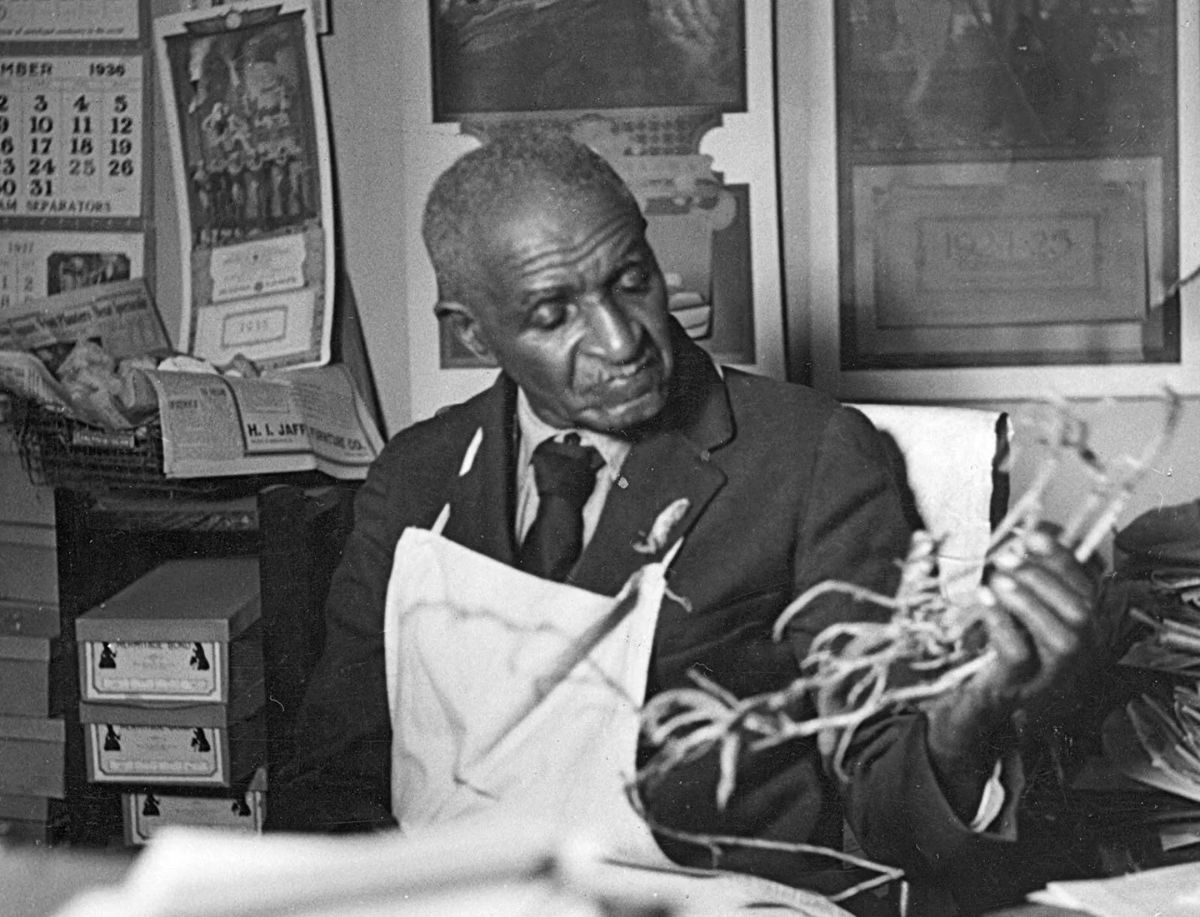

Garden Essentials
Who Invented Crop Rotation?
Modified: March 16, 2024
Discover the history of garden crop rotation and learn about the brilliant minds behind this agricultural practice. Explore who invented crop rotation and its importance for maintaining soil fertility.
(Many of the links in this article redirect to a specific reviewed product. Your purchase of these products through affiliate links helps to generate commission for Storables.com, at no extra cost. Learn more)
Introduction
Gardening and agriculture have long been crucial to human survival and development. Throughout history, farmers have employed various techniques to improve soil fertility and maximize crop yields. One such technique is crop rotation, a sustainable and effective practice that has been employed for centuries.
Crop rotation involves systematically planting different crops in a specific sequence on a given piece of land. This practice offers numerous benefits, ranging from preventing soil depletion to controlling pests and diseases. In this article, we will delve into the origins of crop rotation, explore its historical significance, and examine its modern applications.
By understanding the evolution and impact of crop rotation, we can appreciate the contributions of those who pioneered this practice and recognize its continuing relevance in today’s agriculture.
Key Takeaways:
- Ancient farmers invented crop rotation to keep soil healthy and boost crop growth. It’s like giving the land a break and switching up the plant lineup for better farming!
- Today, modern farmers use cool tricks like precision agriculture and cover crops to make crop rotation even better. It helps protect the environment, fight pests, and grow more food!
Read more: Who Invented The Crop Rotation System
Early Agricultural Practices
As humans transitioned from a nomadic lifestyle to settled communities, agriculture became a fundamental aspect of civilization. In the early days of agriculture, farmers relied on simple techniques like shifting cultivation and slash-and-burn farming. These practices involved clearing land, planting crops for a few seasons, and then abandoning the depleted land to let it regenerate naturally.
While these methods allowed for short-term food production, they were unsustainable in the long run. Continuous cultivation without proper soil management led to soil erosion, loss of fertility, and decreased crop yields. As societies grew and became dependent on agriculture, finding more sustainable farming methods became essential.
This led to the development of more sophisticated agricultural practices, including the adoption of crop rotation.
By rotating crops, early farmers observed that the fertility of the soil could be preserved and enhanced. They discovered that certain plants had the ability to improve soil health by fixing nitrogen, conserving water, or breaking up compacted soil. These observations laid the groundwork for the systematic practice of crop rotation.
Early agricultural communities experimented with different crop rotation systems, employing a range of strategies. Some farmers practiced two-field rotation, dividing their fields into two sections and alternating between growing crops and leaving the land fallow. Others adopted three-field rotation, dividing their fields into three sections and rotating between growing staple crops like wheat, legumes, and fallow periods.
These early agricultural practices reflected a basic understanding of the importance of soil fertility and the need to replenish nutrients. But it wasn’t until later in history that crop rotation became a more widely recognized and deliberate farming technique.
Origins of Crop Rotation
The origins of crop rotation can be traced back to ancient civilizations, where innovative farmers sought to improve agricultural productivity. One of the earliest records of deliberate crop rotation comes from ancient Mesopotamia, present-day Iraq, dating back to around 6000 BCE.
The farmers of Mesopotamia recognized that by alternating the crops they grew in specific seasons, they could maintain soil fertility and avoid the depletion of nutrients. They practiced a variant of crop rotation known as the “fallow system.” This involved leaving a field fallow, or unplanted, for a period of time to allow the soil to regenerate.
The concept of crop rotation was also embraced by other ancient civilizations. In ancient Egypt, farmers utilized a three-year rotation system, alternating between wheat, barley, and fallow periods. The ancient Greeks and Romans also recognized the benefits of rotation and emphasized the importance of leguminous crops like peas and beans in restoring soil fertility.
Furthermore, Chinese agricultural practices dating back thousands of years also incorporated crop rotation as a central technique. Chinese farmers practiced a system known as the “five-field rotation,” where they divided their fields into five plots and rotated crops such as rice, wheat, and soybeans.
These early examples highlight the inherent wisdom of ancient farmers in understanding the importance of crop rotation to sustain soil health and maintain agricultural productivity.
Historical Figures and Influences
Throughout history, there have been several prominent figures and influential civilizations that greatly contributed to the development and spread of crop rotation practices. These individuals and societies played a vital role in shaping the understanding and implementation of this agricultural technique.
One such influential civilization was the medieval European society during the Middle Ages. Agricultural practices during this period were heavily influenced by the writings of ancient Roman author Marcus Terentius Varro, who emphasized the importance of crop rotation and advocated for the inclusion of leguminous crops to enrich the soil.
Another pivotal figure in the history of crop rotation was Charles Townshend, an English farmer and politician during the 18th century. Townshend is often credited with popularizing the practice of four-field crop rotation, also known as the Norfolk System. This system involved dividing the land into four fields and rotating between crops such as wheat, turnips, barley, and clover. Townshend’s innovative approach led to increased crop yields and became a model for agricultural practices globally.
Another influential civilization that contributed to the development of crop rotation was the Inca Empire in ancient Peru. The Inca people implemented a system called “waru waru,” which involved building raised beds separated by irrigation channels. This technique allowed for effective drainage and allowed the cultivation of various crops in a controlled manner. The Inca Empire’s advanced agricultural practices, including crop rotation, contributed to their ability to sustain large populations.
Furthermore, the scientific advancements of the 19th and 20th centuries greatly enhanced our understanding of crop rotation. Scientists such as Sir Albert Howard and Sir Cyril Hopkins conducted extensive research on soil fertility and advocated for sustainable agricultural practices, including proper crop rotation techniques.
These historical figures and civilizations, through their knowledge, research, and innovative practices, paved the way for the widespread adoption and recognition of crop rotation as a vital agricultural technique.
Crop rotation was practiced by ancient civilizations like the Romans and Chinese. However, the modern concept of crop rotation was popularized by British farmer Charles Townshend in the 18th century.
Key Contributions to Crop Rotation
Over time, various individuals and communities made significant contributions to the development and refinement of crop rotation practices. These contributions helped shape the technique into what it is today, providing valuable insights and innovations that have benefited farmers worldwide.
One key contribution to crop rotation came from the pioneering work of George Washington Carver, an American scientist and inventor. Carver’s research focused on the importance of leguminous plants, such as peanuts and soybeans, in restoring soil fertility. He recognized their ability to fix atmospheric nitrogen and replenish nitrogen levels in the soil, helping to ensure the long-term sustainability of agricultural lands.
Another prominent figure in the field of crop rotation is Sir Howard Bunting, a British scientist who revolutionized the understanding of soil microbiology. Bunting’s research emphasized the critical role of beneficial bacteria and fungi in the soil, highlighting their ability to enhance nutrient availability and promote plant growth. His work further emphasized the importance of incorporating diverse crops in rotation to support soil microbial communities.
In addition to individual contributions, agricultural communities around the world have also played a significant role in advancing crop rotation techniques. For example, indigenous farming communities in South America, such as the Quechua and Aymara people, have employed sophisticated crop rotation systems for centuries. They have integrated traditional knowledge and local resources to develop complex rotation patterns that optimize soil fertility and crop productivity.
Moreover, the scientific community has made significant contributions to crop rotation through extensive research and studies. Understanding the specific nutrient requirements of different crops and their interactions with the soil has led to the development of more scientifically informed rotation schedules. This knowledge has helped farmers make informed decisions regarding crop selection and rotation sequences to maximize yields and minimize pest and disease pressure.
These various contributions have expanded our understanding of crop rotation and its underlying principles. By incorporating diverse perspectives, scientific research, and traditional knowledge, we continue to refine and improve crop rotation techniques, ensuring sustainable and productive agriculture for future generations.
Read more: What Era Was Crop Rotation Invented
Impact and Significance of Crop Rotation
Crop rotation has had a profound impact on agriculture and has remained a fundamental practice for centuries. Its significance lies in its ability to sustain soil fertility, manage pests and diseases, and optimize crop yields. Let’s explore the key impacts and significance of crop rotation in more detail.
1. Soil Fertility: One of the most critical contributions of crop rotation is its impact on soil health. By alternating different crops, farmers can prevent the depletion of specific nutrients and reduce soil erosion. Additionally, certain crops, such as legumes, have the ability to fix atmospheric nitrogen, enriching the soil and reducing the need for synthetic fertilizers.
2. Pest and Disease Management: Crop rotation plays a crucial role in pest and disease control. By interrupting the life cycles of pests and pathogens, farmers can reduce the buildup of specific pests in the soil. Certain crops, such as marigolds and mustard greens, are known for their pest-repellent properties, further enhancing the effectiveness of crop rotation in mitigating pest and disease pressures.
3. Weed Control: Crop rotation helps manage weeds by disrupting their growth patterns. Different crops have varying root structures and nutrient requirements, which can impact weed populations. For instance, growing deep-rooted crops like corn or potatoes followed by shallow-rooted crops like lettuce or onions can help suppress weed growth and minimize competition.
4. Environmental Sustainability: Crop rotation promotes sustainable agricultural practices by reducing the use of synthetic fertilizers and pesticides. By maintaining soil fertility and minimizing chemical inputs, farmers can enhance water quality, reduce soil erosion, and protect biodiversity. This contributes to long-term environmental sustainability and the conservation of natural resources.
5. Crop Diversification and Resilience: Crop rotation allows farmers to diversify their crops, reducing the dependence on a single crop and enhancing resilience to climate change and market fluctuations. With a variety of crops in rotation, farmers can adapt to changing environmental conditions, minimize risks, and maintain stable income streams.
6. Economic Benefits: By improving soil fertility and crop yields, crop rotation can lead to increased economic profitability for farmers. Higher yields, reduced input costs, and improved marketability of diverse crops contribute to a more sustainable and financially viable agricultural operation.
Overall, the impact and significance of crop rotation lie in its ability to promote sustainable farming practices, preserve soil fertility, improve pest and disease management, and enhance overall agricultural productivity. As we continue to face challenges in food production and environmental sustainability, crop rotation remains an essential tool in ensuring resilient and sustainable agricultural systems.
Modern Applications and Innovations
Crop rotation, an ancient agricultural practice, continues to find relevance and innovation in the modern farming landscape. As we strive for more sustainable and efficient agricultural systems, new applications and innovations in crop rotation are emerging to address evolving challenges. Here are some of the modern applications and innovations in crop rotation.
1. Precision Agriculture: Advancements in technology, such as Global Positioning System (GPS) and satellite imagery, have enabled farmers to implement precision agriculture techniques in crop rotation. By precisely mapping fields, farmers can analyze soil conditions and variability, allowing for more tailored crop rotation plans. This ensures that specific crop requirements and environmental factors are considered, optimizing resource use and minimizing environmental impact.
2. Cover Crops: Cover crops, also known as green manure, have gained popularity as a modern application of crop rotation. These are crops planted primarily for the purpose of improving soil health and preventing erosion during fallow periods. Cover crops, such as clover, rye, and vetch, help retain moisture, suppress weeds, and enhance nutrient cycling. They also contribute to soil organic matter, improving soil structure and fertility.
3. Conservation Agriculture: Conservation agriculture focuses on sustainable soil management practices, including crop rotation. This approach involves minimizing soil disturbance, maintaining crop residues on the soil surface, and diversifying crop rotations. By reducing tillage, farmers can preserve soil structure, enhance water infiltration, and promote soil microbial activity. Conservation agriculture, when coupled with effective crop rotation, can improve soil health, reduce erosion, and increase long-term productivity.
4. Integrated Pest Management (IPM): Crop rotation plays a crucial role in integrated pest management strategies. By disrupting pest life cycles, alternating crops can help reduce pest populations and limit the need for chemical pesticides. Integrated pest management combines cultural, biological, and chemical control methods to effectively manage pests while minimizing environmental impact. Crop rotation is an essential component of this integrated approach, contributing to sustainable pest management practices.
5. Nutrient Management: Modern applications of crop rotation focus on optimizing nutrient management. Through careful planning and analysis, farmers can match specific crop nutrient requirements with the nutrient availability in the soil. This ensures that crops receive adequate nutrition for optimal growth while minimizing nutrient imbalances and reducing nutrient runoff into water bodies. As a result, crop rotation plays a vital role in improving nutrient use efficiency and minimizing environmental pollution.
6. Crop Rotation Modeling: With the advent of computer modeling and advanced data analytics, scientists and researchers can develop sophisticated models to assess the potential outcomes of different crop rotation scenarios. These models consider factors such as climate, soil type, crop choices, and management practices to predict the impact of rotation on crop yield, soil health, and sustainability. Crop rotation modeling provides valuable insights and guidance to farmers in making informed decisions for their specific farming systems.
As agriculture continues to evolve, crop rotation remains a crucial practice for sustainable farming. The modern applications and innovations in crop rotation help address emerging challenges such as climate change, soil degradation, and pest management. By embracing these advancements and applying them in farming systems, we can enhance agricultural sustainability, improve productivity, and preserve the health of our planet.
Conclusion
Crop rotation, an age-old agricultural practice, has stood the test of time and remains a cornerstone of sustainable and productive farming. From its humble beginnings in ancient civilizations to the modern applications and innovations, crop rotation has proven to be a key strategy for maintaining soil fertility, managing pests and diseases, and optimizing crop yields.
Throughout history, the contributions of individuals, communities, and scientific advancements have shaped our understanding of crop rotation. From the early adoption of fallow systems to the development of more complex rotation patterns, farmers have recognized the importance of diversifying crops and allowing the land to rest and regenerate.
Today, with the advent of precision agriculture, cover crops, conservation agriculture, integrated pest management, and advanced modeling techniques, crop rotation has evolved to address modern challenges. These innovations enable farmers to customize crop rotations based on specific soil conditions, optimize nutrient management, and enhance pest and weed control.
The significance of crop rotation lies not only in its ability to improve agricultural productivity and economic viability but also in its contribution to environmental sustainability. By preserving soil fertility, reducing the reliance on synthetic fertilizers and pesticides, and promoting biodiversity, crop rotation plays a crucial role in mitigating climate change, conserving natural resources, and protecting ecosystems.
As we confront the ongoing need for sustainable food production, crop rotation remains a vital tool in the farmer’s arsenal. By implementing diverse crop rotations, farmers can enhance resilience to changing environmental conditions, minimize risks associated with pests and diseases, and maintain stable livelihoods.
In conclusion, the enduring practice of crop rotation encapsulates the wisdom, innovation, and lessons learned from generations of farmers who have sought to balance agricultural productivity with environmental stewardship. Moving forward, further research, technological advancements, and knowledge sharing will continue to refine and optimize crop rotation, ensuring its continued relevance and effectiveness in sustaining our agricultural systems for a prosperous and sustainable future.
Frequently Asked Questions about Who Invented Crop Rotation?
Was this page helpful?
At Storables.com, we guarantee accurate and reliable information. Our content, validated by Expert Board Contributors, is crafted following stringent Editorial Policies. We're committed to providing you with well-researched, expert-backed insights for all your informational needs.
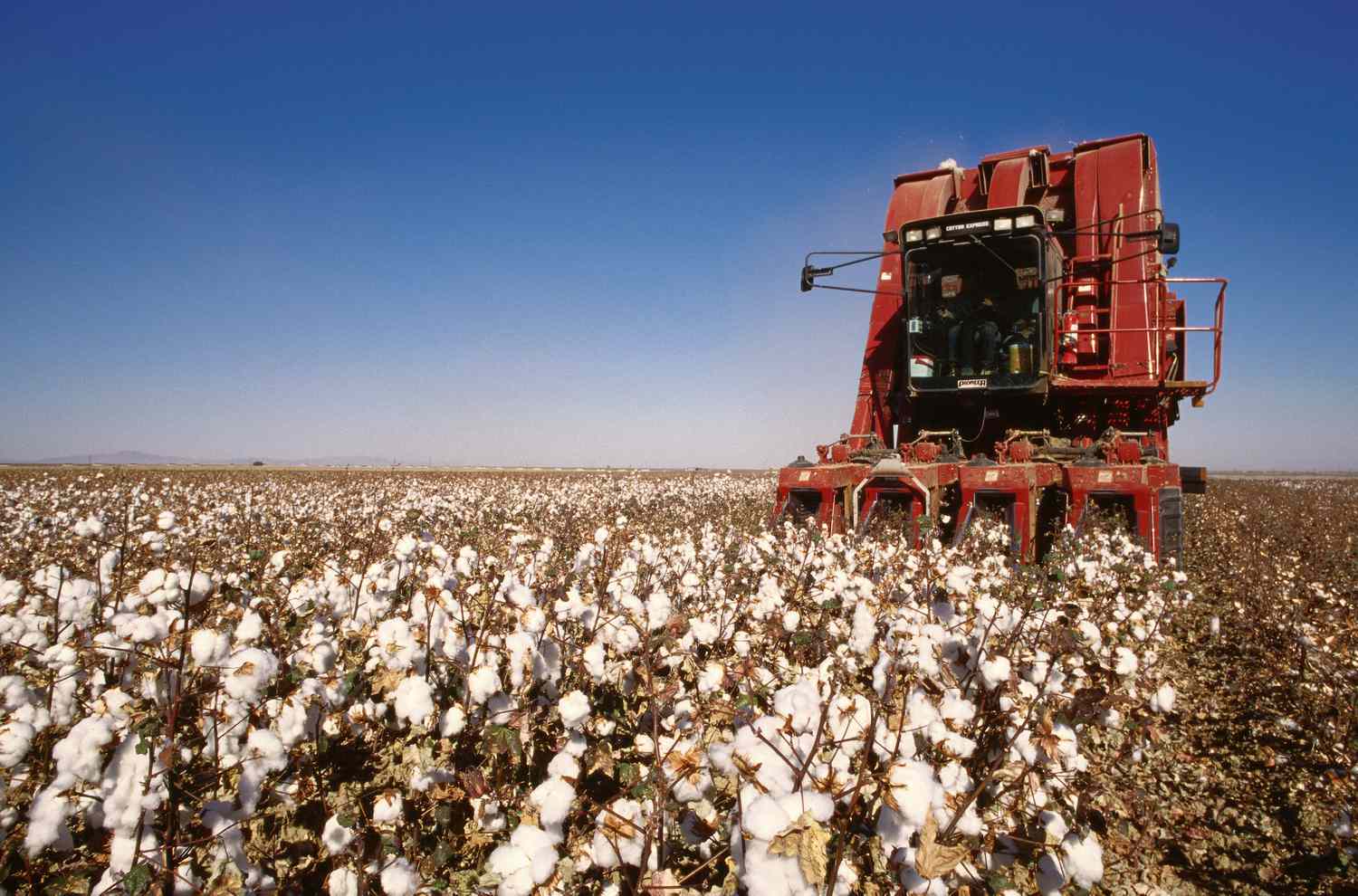
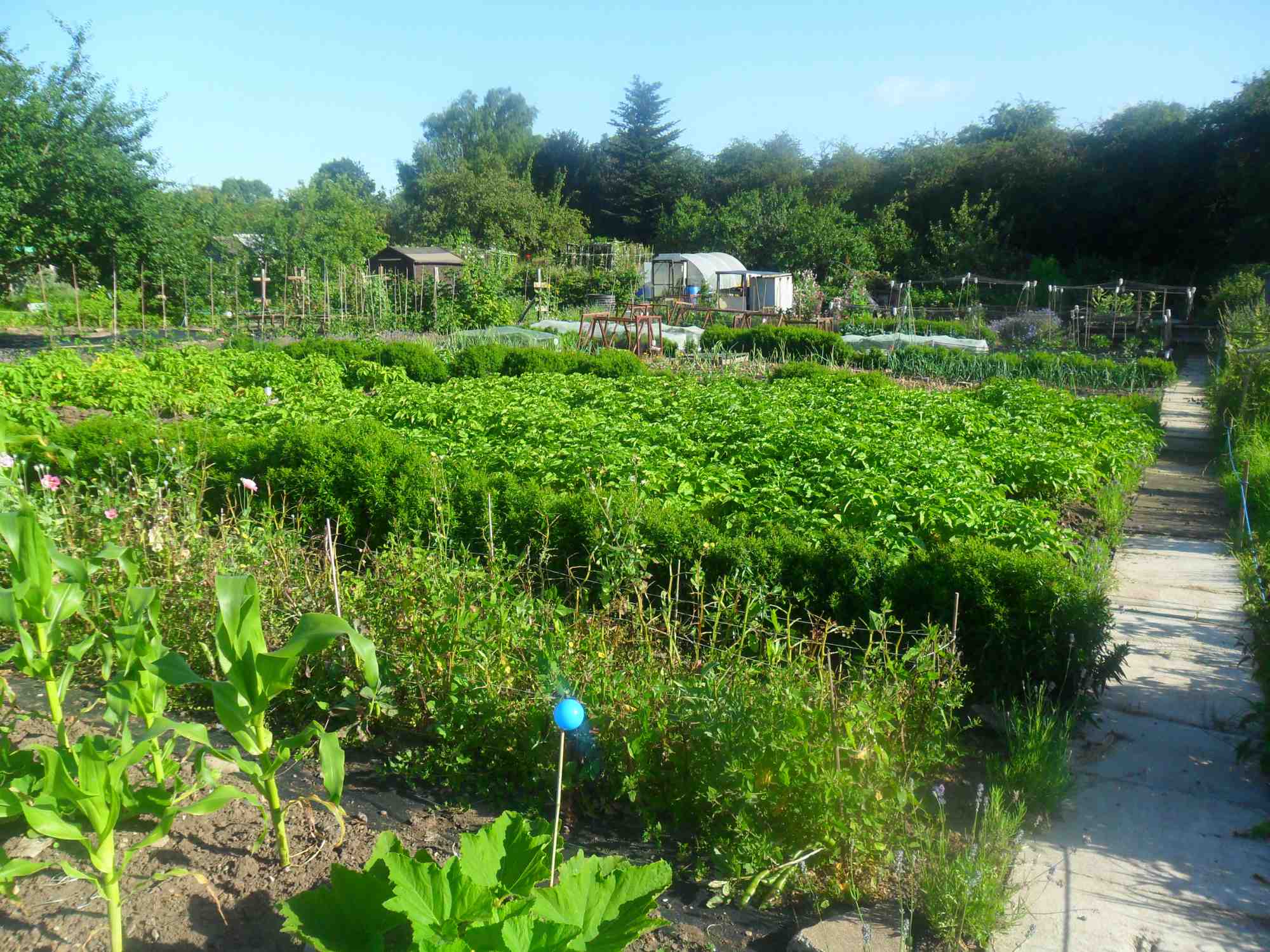
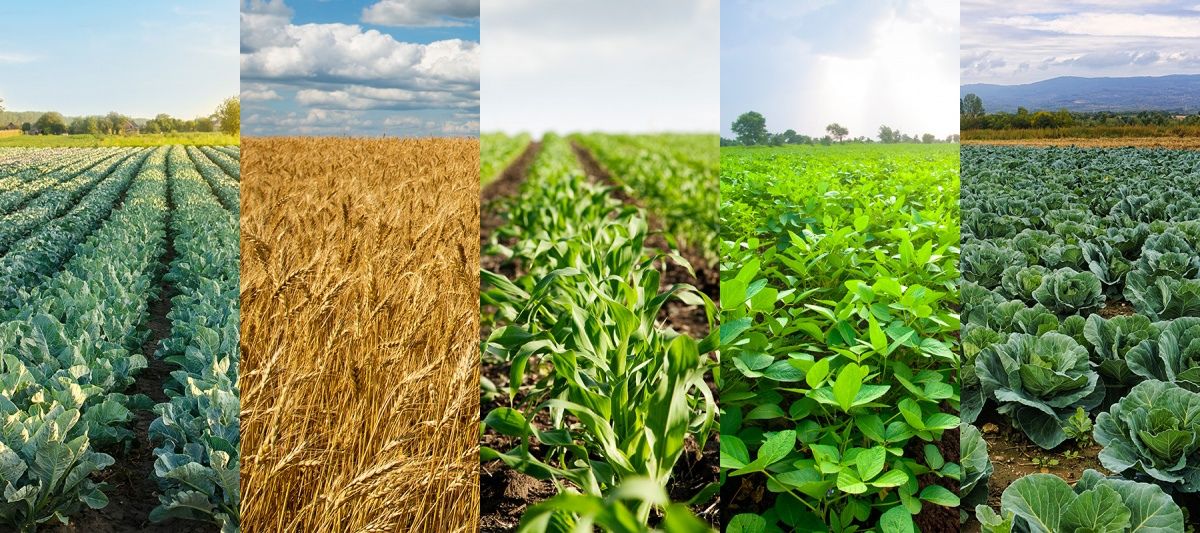
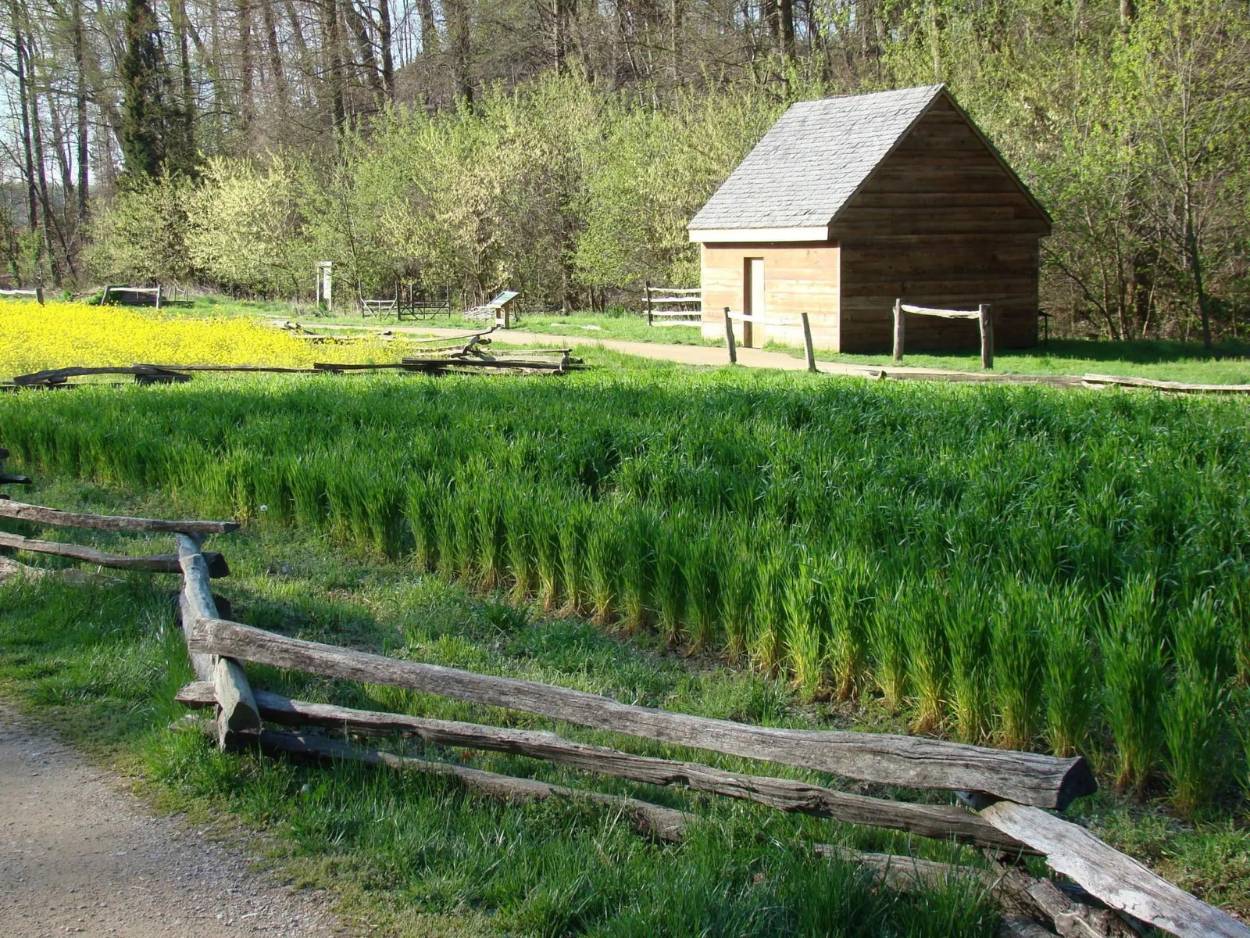
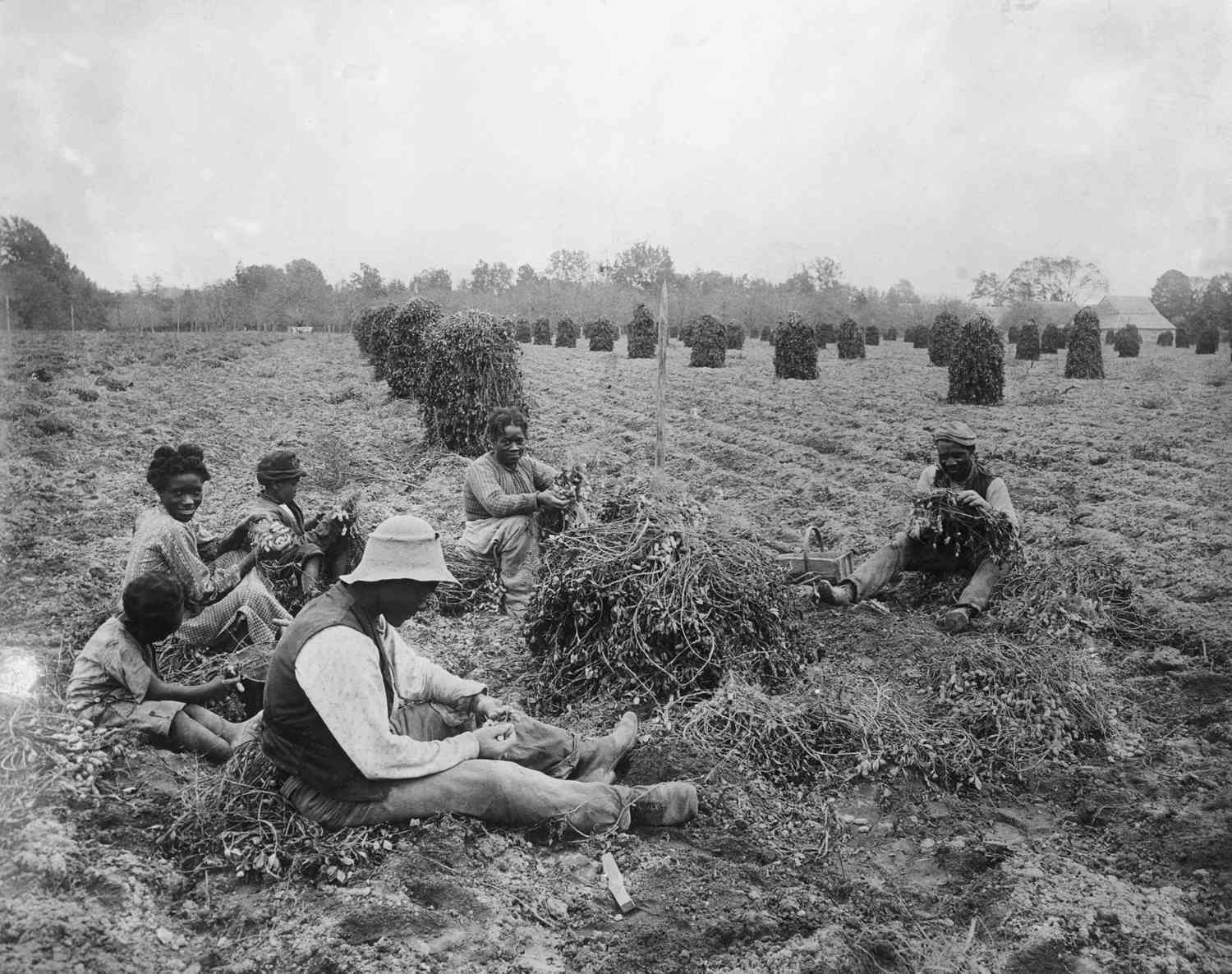



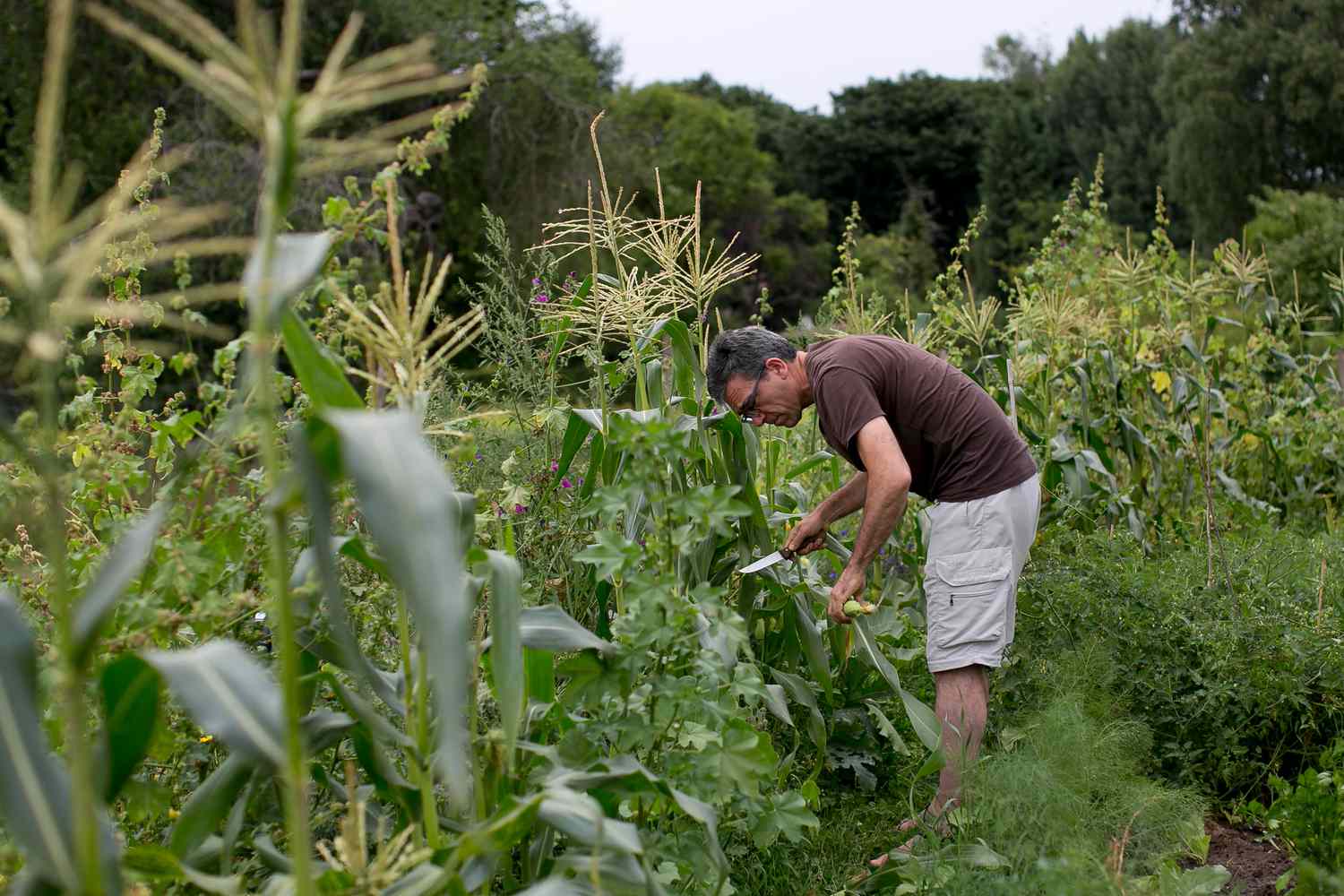
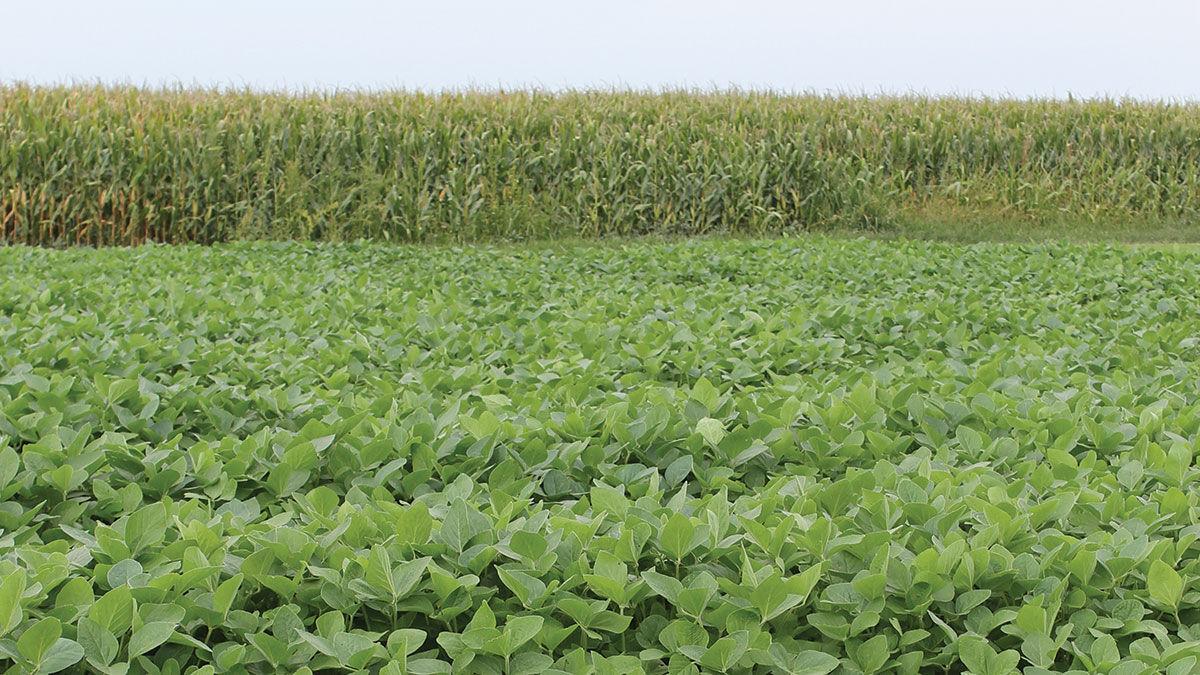


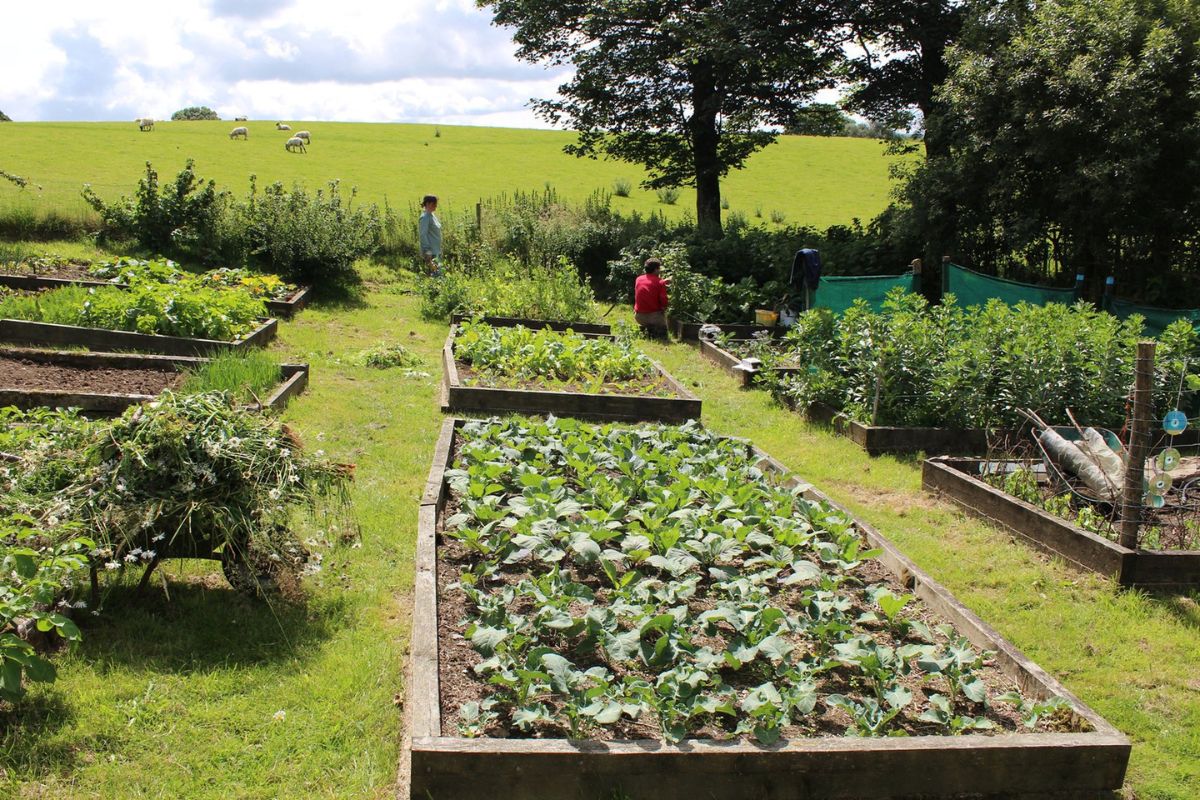
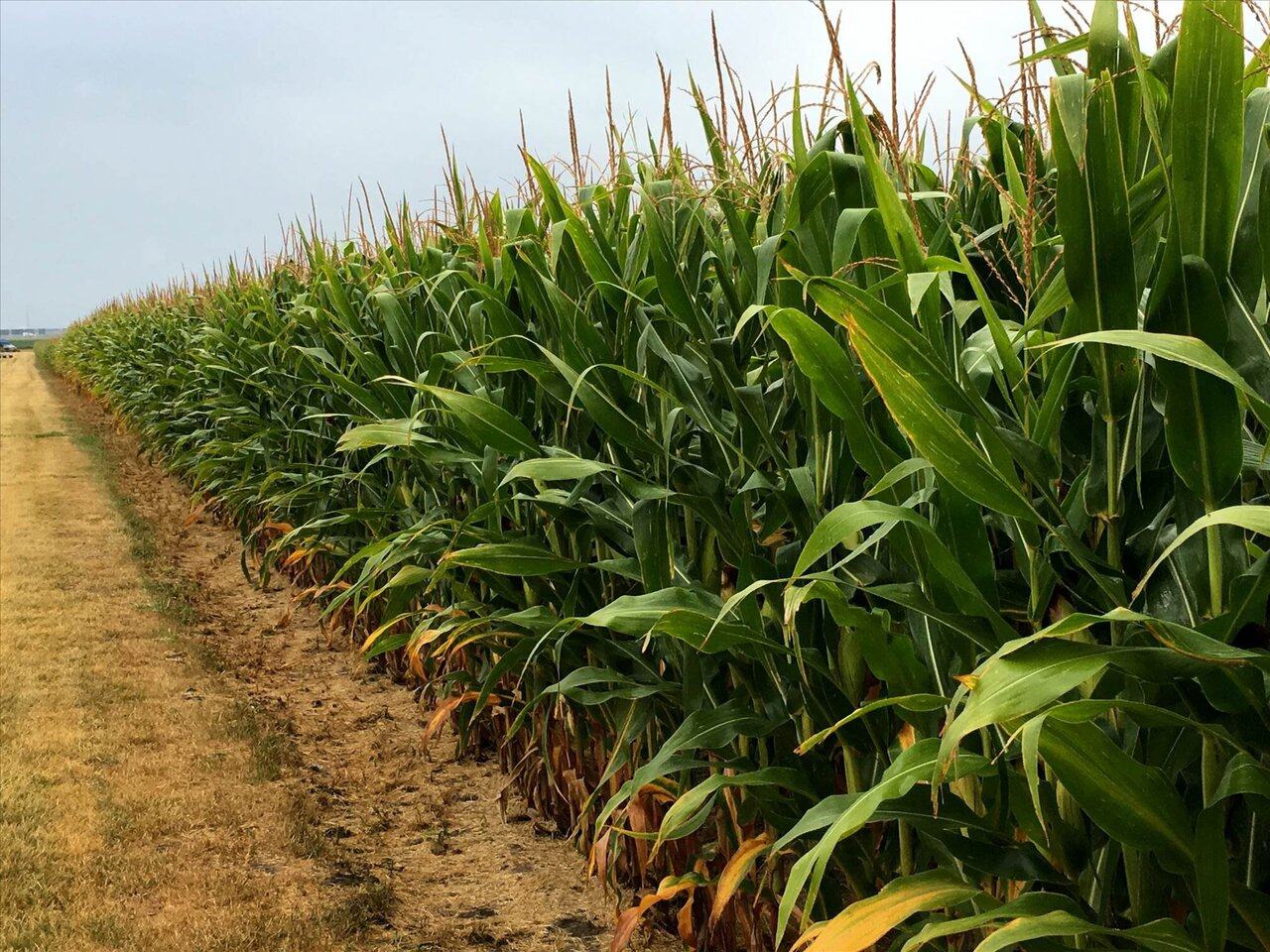

0 thoughts on “Who Invented Crop Rotation?”